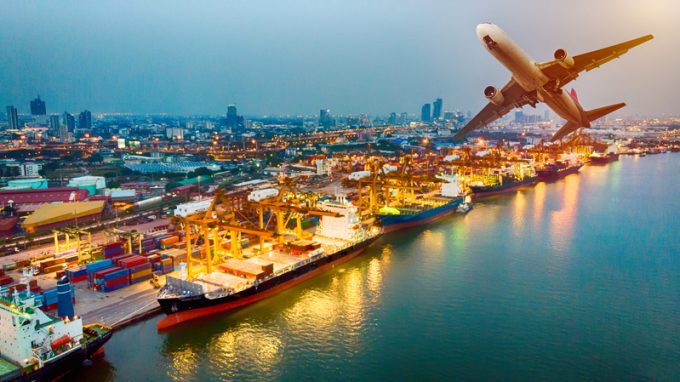'Lumpy' capacity on services to European ports could see congestion worsen
Fluctuating weekly capacity sailing into North European ports could be exacerbating their congestion problems, according ...

The coronavirus pandemic led to an 11.6% year-on-year contraction in air and sea freight forwarding volumes in the first half of the year.
Global trade suffered from the double-blow of reduced factory output in China and then the subsequent fall in demand as social lockdowns were ...

Comment on this article